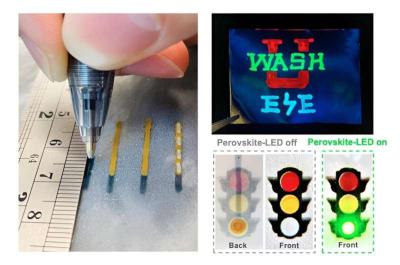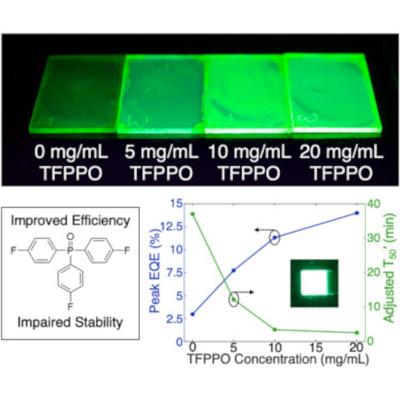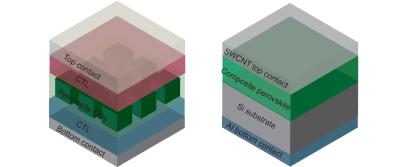Researchers examine the role of chloride on the instability of blue emitting mixed-halide perovskites
Researchers in Sweden and China have studied the reasons behind the short operational lifetime of blue perovskite-based LEDs (PeLEDs).
While perovskite light-emitting diodes (PeLEDs) have seen unprecedented development in device efficiency over the past decade, they still suffer from poor operational stability. This is especially true for blue PeLEDs, whose operational lifetime remains orders of magnitude behind their green and red counterparts. The scientists in this work have systematically investigated this efficiency-stability discrepancy in a series of green- to blue-emitting PeLEDs based on mixed Br/Cl-perovskites. Typically, mixed chloride/bromide perovskites are employed to produce ideal blue emission. However, the researchers have uncovered a counterintuitive fact: even minute quantities of chloride loading can have a dramatic negative impact on the operational lifetime of these devices.




